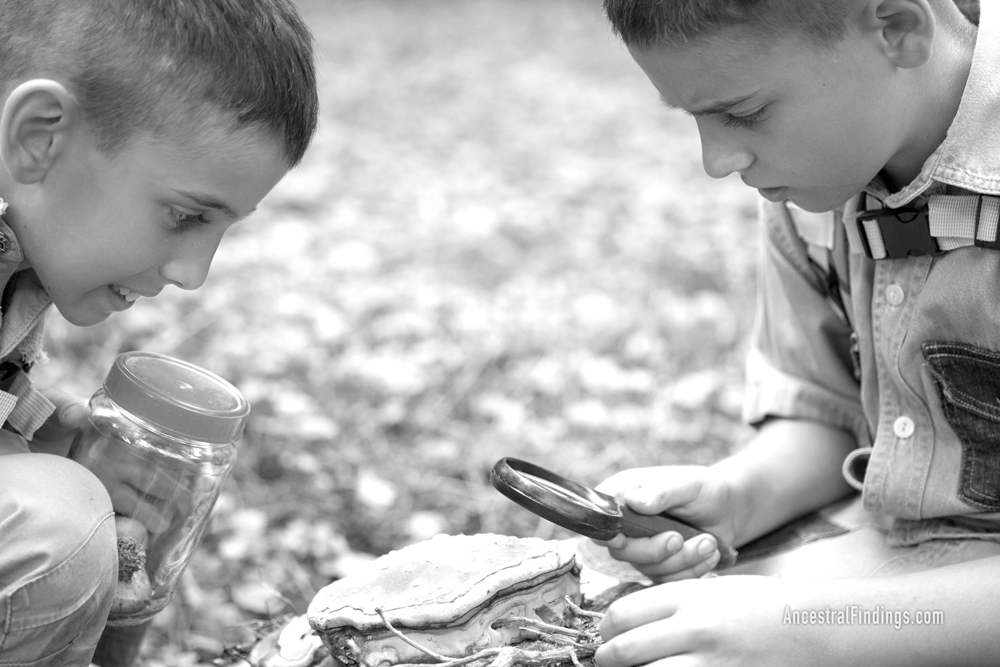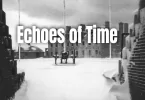Summer camps are one of those great American pastimes that many of us remember from the days of our youth. If you went to a camp, then you probably cherish those memories—bright summer days, outdoor activities, themed activities based on whatever your camp specialized in, and of course, camp food! Whatever type of camp you or your children have attended, you know one thing is true: Camps are all about tradition. Generation after generation enjoys the same songs, the same activities, and the same campgrounds. For some, it’s almost a rite of passage to send their children to the same camps they went to as youngsters.
And it might surprise you to learn that summer camps are a relatively recent development. They weren’t always what they are now! Keep reading if you want to learn more about their history.
What Did Children Do Before Summer Camp?
Summer camps have only really become popular within the last century. Prior to that, what did children spend their summers doing? Well, it wasn’t always fun and games, certainly. In the 19th century, children—some of them as young as six years old—often spent their summers working in factories. This went on until child labor was outlawed in 1938. In rural areas, many kids spent their summers working on farms.
As with the development of many of the things we enjoy, there were several factors that led to the rising popularity of summer camps for kids. Outlawing child labor was one of those factors, and another was that more and more people were flocking to cities in the late 19th and early 20th centuries. Parents started to feel like children were missing out on the character-building activities that come with rural life. On top of that, with parents working in factories and offices, kids were more and more left at home with little to do.
The first camps started popping up in response to these factors. Camp administrators came up with rugged wilderness activities for boys, believing that this would prevent them from “going soft,” and girls had their own camps where they could learn things like cooking and sewing. For girls, this was also a rare chance to spend some time away from home as this type of opportunity wasn’t particularly common. In addition to that, some camps popped up that were designed specifically for street children, or “street rats,” as they were called—children who spent their days roaming city streets. These were mainly Christian camps, and they were meant to save these children from “vice.”

The Summer Camp Tradition is Born
This was how the earliest summer camps came to be. They started as a movement to get children out of major cities and back into nature where they could connect with the environment and learn new skills.
Some of the earliest camps reflect this need quite well. In Gunnery, Connecticut, Frederick W. Gunn, who was a prominent abolitionist, created what was perhaps the very first summer camp for children. Camp Gunnery was founded back in 1861, and it offered things like trapping, boating, and fishing for kids.
In New Hampshire, Camp Chocorua opened in 1881. This was New Hampshire’s first summer camp, and it’s one of the earliest camps in the United States. This one was all about giving teenage boys a place to explore the wilderness, learn outdoors skills, and become more spiritual.
In those early years, the idea of summer camps for children was slow to catch on. By the end of the 19th century, there weren’t many camps in the United States—fewer than 100, by all accounts. But after the turn of the century, that number exploded.
Summer Camps Grow and Diversify
After the turn of the century, summer camps started to catch on, gradually at first but growing in number as the years went by. By the end of the first decade of the 20th century, there were around 1,000 camps in the United States.
In 1910, the American Camp Association was founded by Alan S. Williams. This organization is still running today as one of the premiere summer camp authorities in the U.S., and they’re still operating under the same mission that Williams set forth, which was to develop and implement certified camp standards. These standards included things like requirements to make camps good and memorable, activities for children, and health and safety standards.
By the 1920s, camps in the U.S. were not only growing but evolving, too. As these institutions became more popular, organizations began to spring up that were devoted to particular pursuits or cultural interests.
One such example of this diversification is Camp Atwater in Massachusetts, which was founded in 1921. This camp is notable because it’s the oldest African American camp in the U.S. In 1928, the Interlochen Arts camp was founded, which is the oldest music camp in the country. The trend continued with lots of camps opening that were devoted to specific activities, faiths like Judaism or Christianity, or different cultural identities.
For some, culturally themed camps were—and still are—a cherished way to not only keep cultural traditions alive but also a place for kids to escape the “Americanization” of their cultures, at least for a few weeks during the summer.

World War II Gave Us Modern Camps as We Know Them
A change came to campgrounds again during World War II and the aftermath. For a lot of Americans, this experience made the horrors of war a reality—and that signaled a vast cultural shift. Part of that shift was a belief that childhood should be a time of innocence, and that innocence should be protected as much as possible. Summer camps were a part of facilitating this mindset, with more and more organizations focusing on kid-friendly activities, playtime, arts and crafts, and other fun things.
Scarcity brought on by the war also meant that everyone had limited resources, and that included campgrounds. This resulted in a couple of shifts in camping trends. One was that camps became more integrated since campgrounds didn’t always have the resources to host separate boys’ and girls’ camps. The other major trend that bloomed was an emphasis on farming and agriculture. Kids often tended gardens and did other similar outdoor activities as a way to not only learn these skills but also contribute to the war effort.
Summer Camps Today
Since World War II, camps have continued to grow in number and diversity both. Nowadays, you can find anything from traditional outdoors camps to faith-based camps or camps based on academics, music, art, and other activities. The American Camp Association is still one of the biggest names in the business with more than 12,000 member camps from all over the United States—and that number will probably continue to grow as parents seek out ways for their kids to get back to nature or to learn cool new things.
Summer camps are more than just a tradition. They’re a way to give children new experiences, a little bit of independence, and maybe even a few new friends. Find a camp that suits their interests and they’ll surely have a blast!




